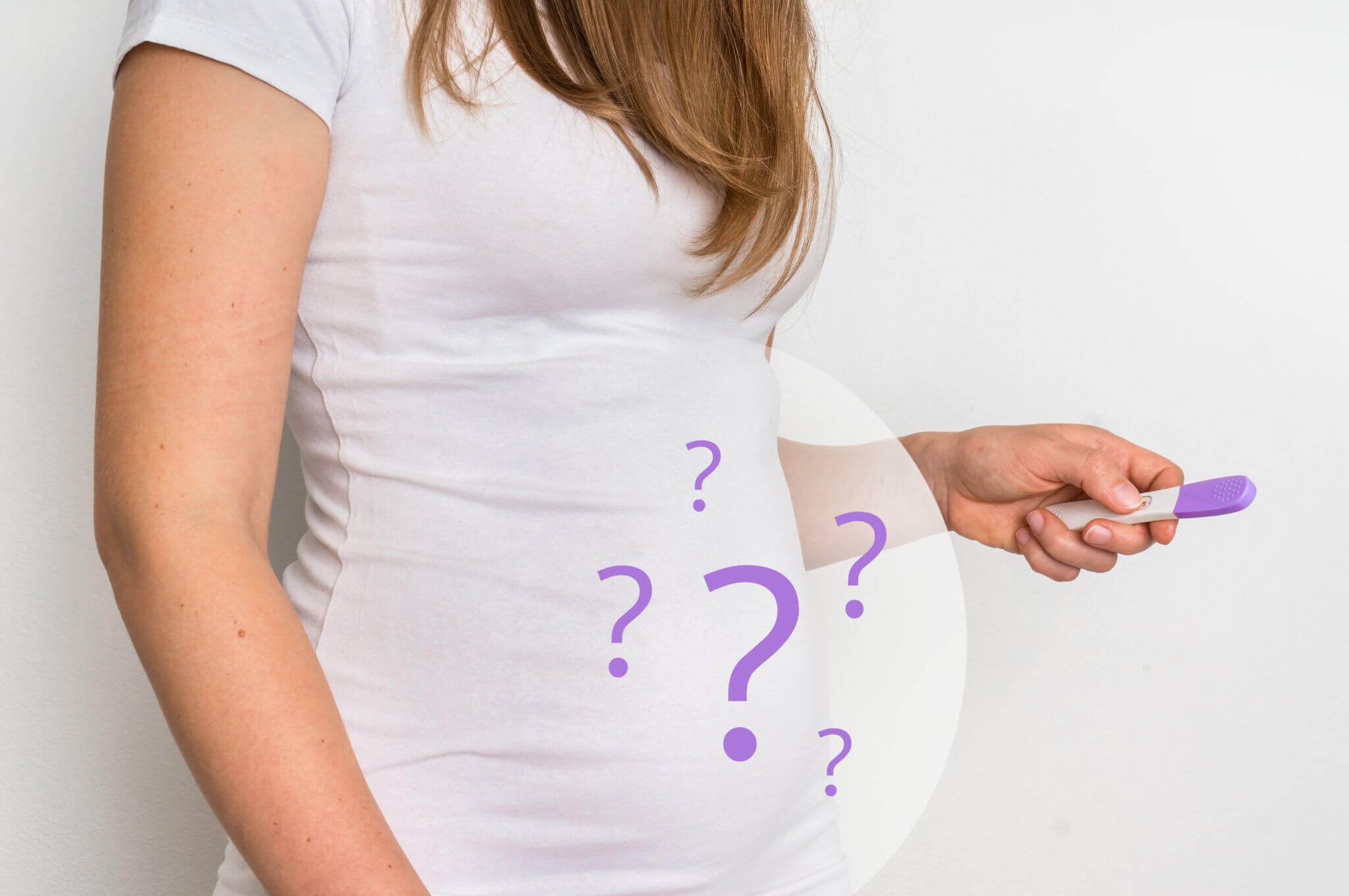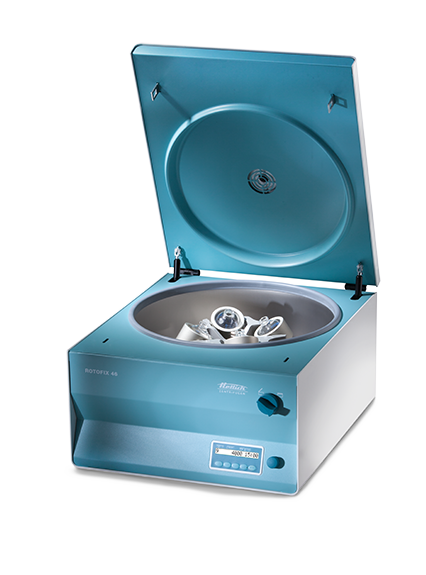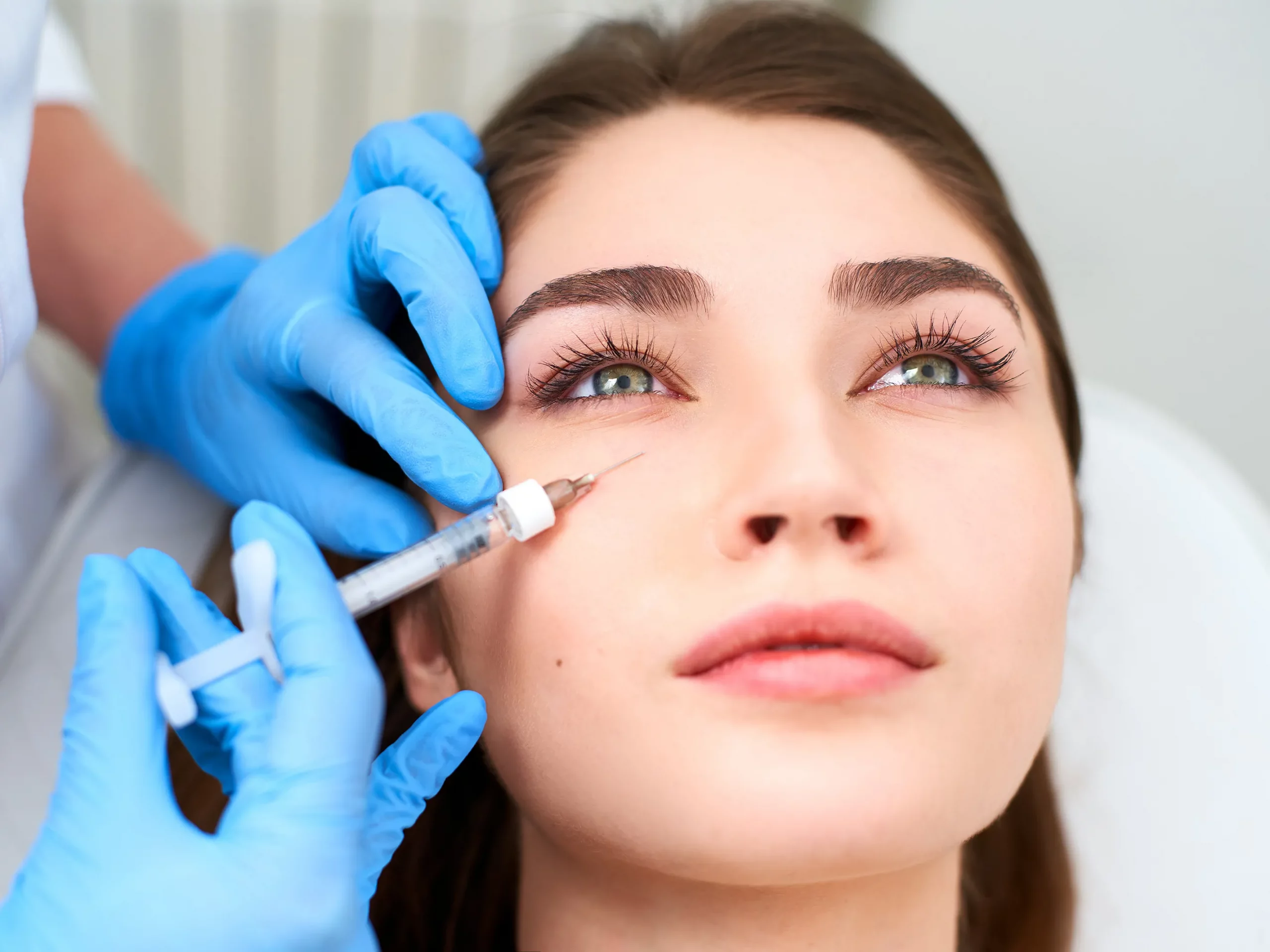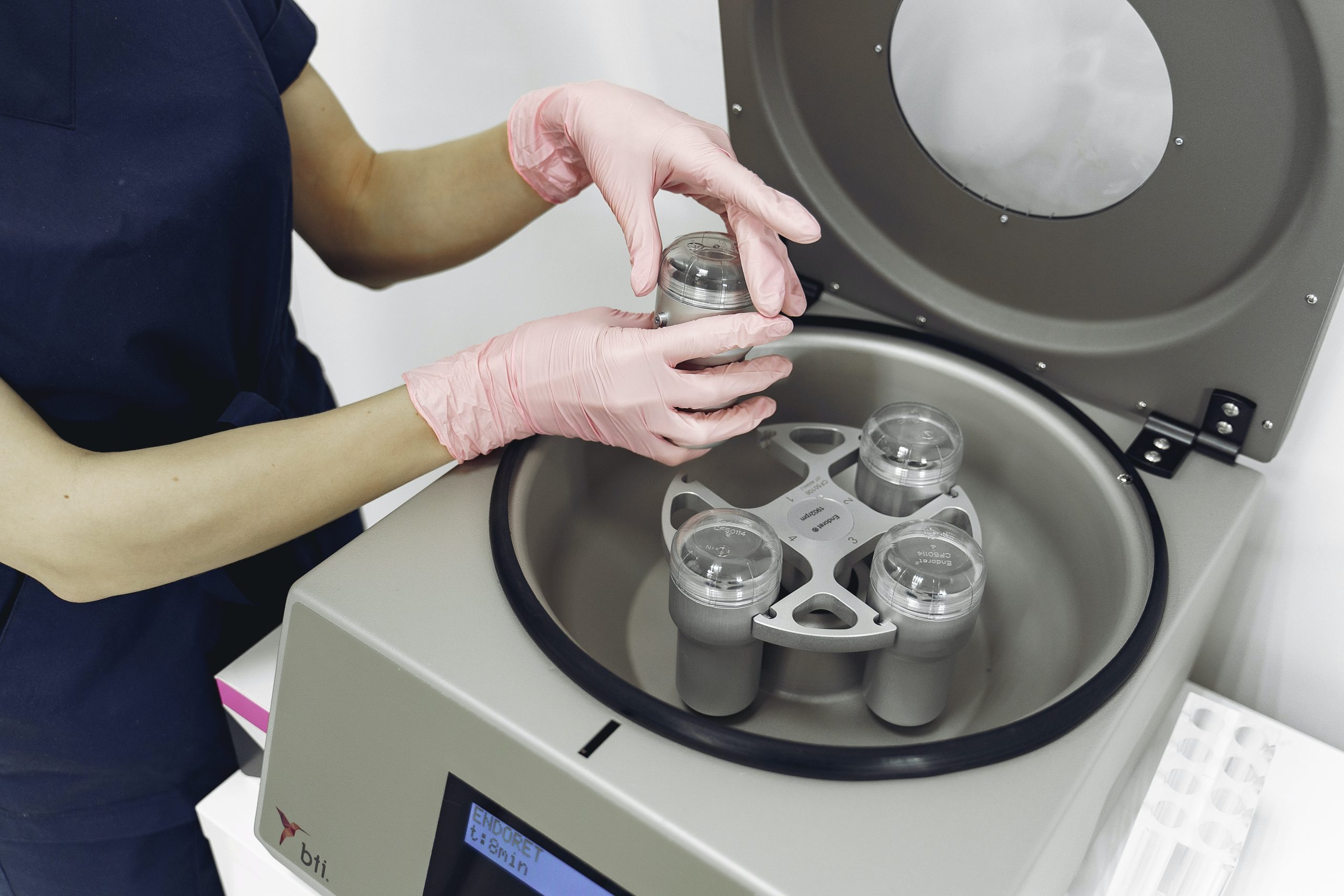Navigating life after addiction treatment requires more than just willpower—it demands structure, support, and a transition strategy. That’s where sober living environments come into play. This critical phase demands a supportive environment, which is where the halfway house in Pompano Beach, FL, plays a pivotal role. However, they serve distinct purposes and follow different frameworks. Understanding these differences can make all the difference when choosing the right post-rehab path. Both environments offer stability, but they cater to individuals at varying points in their recovery journey. Your personal needs, progress, and risk factors will ultimately guide which option best supports your long-term goals.
Structure and Oversight: What Sets Them Apart
The most notable distinction between halfway houses and sober living homes lies in the structure. Halfway houses are typically state-funded or affiliated with rehabilitation centers, offering a more regimented lifestyle. They often include mandatory curfews, regular drug screenings, and required participation in counseling or employment. By contrast, sober living homes tend to offer more flexibility. They are generally privately owned and function more like shared residences. While rules still exist, the enforcement is lighter, and residents are encouraged to manage their own schedules and recovery programs. This model suits individuals further along in their sobriety who need support but not full supervision. A halfway house is often best suited for those recently out of inpatient rehab, while a sober living home is more appropriate for someone with a stable foundation who needs a supportive environment to stay accountable.
Duration of Stay and Expectations
Residents typically remain in halfway houses for shorter durations—anywhere from a few weeks to six months—due to regulatory or funding limitations. These facilities emphasize rapid reintegration, helping individuals develop coping mechanisms and life skills in a condensed timeframe. On the other hand, sober living homes allow for longer stays. Individuals may remain for several months or even over a year. This extended timeline provides a more gradual reintroduction to independent living, often proving essential for those who have experienced repeated relapses. Residents in both settings are expected to follow house rules and contribute to the household, but the level of enforcement and external obligations differ. For example, many halfway houses require residents to attend outpatient programs or job training, reinforcing structure through outside engagement.
Focus on Life Skills and Recovery Tools
A halfway house focuses heavily on building essential routines—getting up on time, attending group meetings, securing employment—all under the watchful eye of counselors or house managers. These conditions are ideal for individuals rebuilding from the ground up. Sober living homes, however, concentrate more on independence. Residents are expected to already have the basic skills to function in society. Here, the environment serves more as a safety net—providing peer support, accountability, and a drug-free space. This emphasis on developing coping skills for lasting recovery is where halfway houses excel. They help residents rebuild confidence, manage stressors, and prepare for the inevitable triggers they’ll face outside.
Choosing What’s Right for You
Knowing the differences isn’t enough—you must evaluate your current stage of recovery, history of relapse, and need for supervision. For some, the intensive oversight and skill-building of a halfway house are necessary. For others, the autonomy and peer-driven accountability of a sober living home may be the final step toward total reintegration. The right halfway house for your recovery journey depends on more than just location or cost. It hinges on where you are mentally, emotionally, and physically in your sobriety path.
Conclusion
While both halfway houses and sober living homes share the goal of supporting addiction recovery, they do so in uniquely structured ways. In contrast, sober living homes emphasize independence with built-in peer accountability. Recognizing these key differences can empower you to make an informed, confident choice that aligns with your recovery goals.










